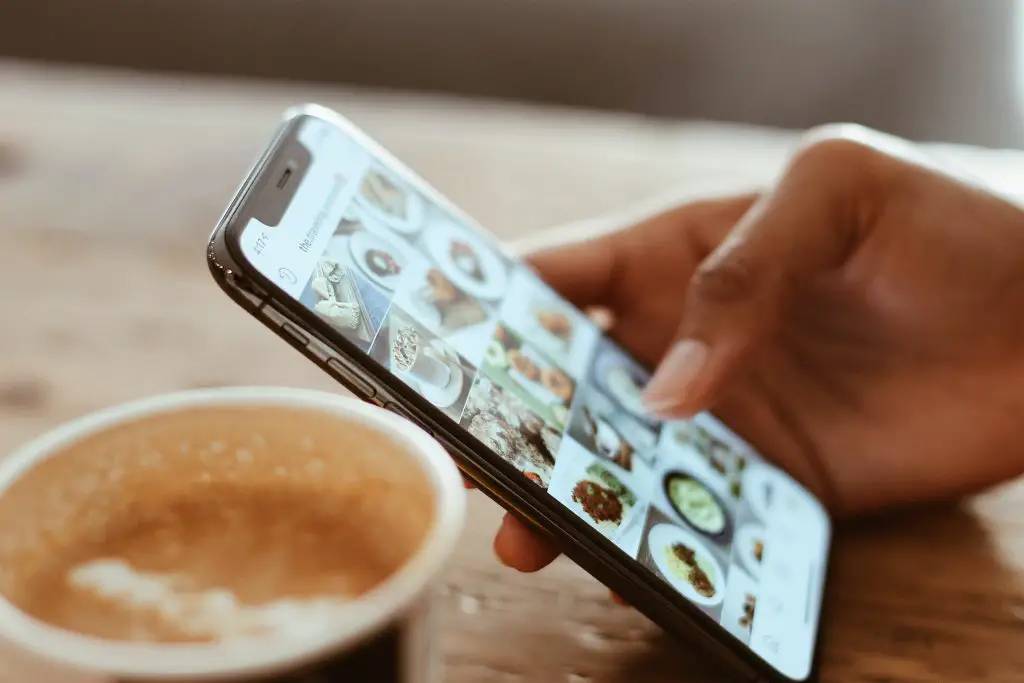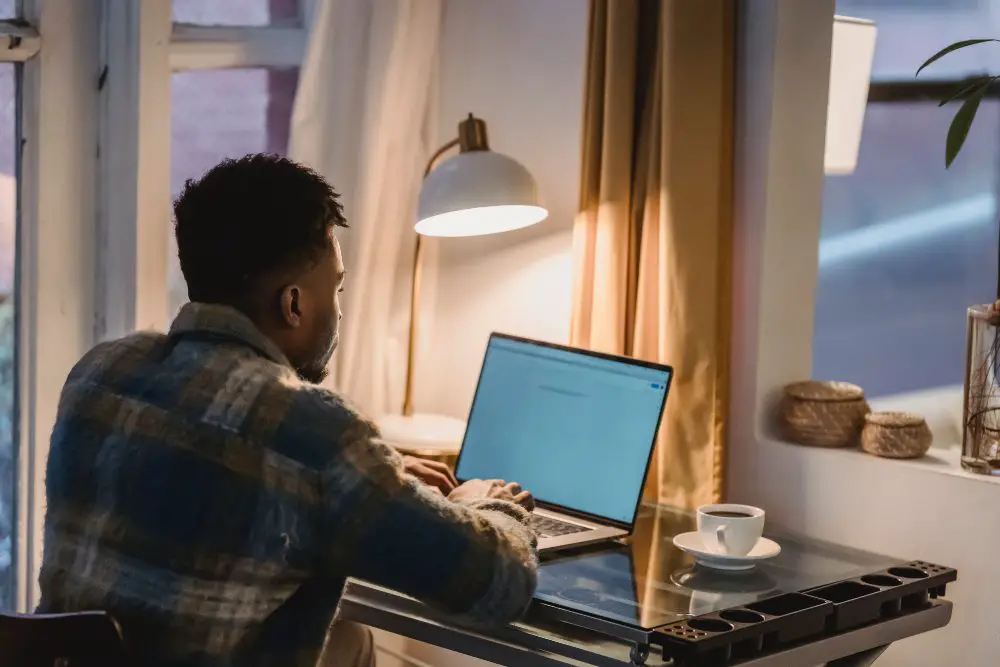Sleep disorders are an increasingly prevalent challenge many students face throughout their college journey. With late-night study sessions, a plethora of assignments, and the general stress of learning, achieving a consistent sleep pattern can seem almost impossible.
Yet, the answer to their sleep dilemmas may lie in sync with their body’s natural clock, thanks to advancements in light technology.
Contents
Circadian Syncing: Light Technology Helping Students Sleep Better
The human body operates on a sophisticated internal clock called the circadian rhythm. This intricate system regulates various physiological processes, including sleep cycles, hunger pangs, and the release of hormones. External factors, notably light exposure, play a significant role in determining the rhythm’s regularity.
Throughout their years in college, students often find themselves in challenging schedules. Late-night cramming sessions, back-to-back assignments, and unpredictable academic commitments can inadvertently disrupt their circadian rhythm.
Consequently, such disruptions can pave the way for multiple sleep disorders, with research suggesting that approximately 70% of college students receive insufficient sleep.
However, in the realm of science and technology, innovative solutions are being developed. Light technology, in particular, has emerged as a promising tool. It aspires to emulate the gradual transitions of natural daylight, providing students with an opportunity to realign their skewed internal clocks.
Through strategic exposure to designated light patterns, students can address and possibly diminish the symptoms of sleep-related problems, such as insomnia. A study conducted in 2018 revealed that controlled light exposure improved sleep quality in 85% of participants.

The Role of Blue Light
Central to the effectiveness of light tech is the blue light spectrum. In today’s digital age, blue light often gets a bad reputation, primarily because of its omnipresence. Prolonged exposure, especially during nighttime, can adversely affect sleep. However, it’s worth noting that not all blue light exposure is harmful.
When utilized judiciously, blue light can offer a series of benefits:
Alertness Boost
Initiating the day with exposure to blue light during study sessions can markedly enhance alertness levels. A study at Harvard found that blue light exposure could boost attention and reaction times, enabling students to concentrate more effectively on their schoolwork.
Additionally, when they need to present their findings or projects and are looking for assistance, a valid decision for them in terms of here to ‘write my discussion post’ is to obtain professional help from a writing service, which stands as a go-to platform in such a case.
Mood Enhancement
Seasonal Affective Disorder (SAD) afflicts numerous students, particularly those who hail from regions with abundant sunlight. This condition is characterized by mood fluctuations, primarily during gloomy winter seasons.
However, regulated exposure to blue light has demonstrated the potential to counteract SAD symptoms. Clinical trials indicate a 60% reduction in SAD symptoms with consistent blue light therapy.
Sleep Quality
As the evening progresses, it’s beneficial to switch to warmer lights that have a reduced blue light concentration. Such adjustments can set the stage for restful sleep by signaling the body to produce melatonin, a sleep-inducing hormone.
Implementing Light Technology in College Life
Tapping into the advantages of light tech is more straightforward than it appears. With a few adjustments and a touch of awareness, students can seamlessly incorporate it into their daily regimes:

Start the Day Bright
Kick off the morning with blue light lamps. Designed to emulate natural daylight, these devices are crafted to invigorate and refresh, setting the right tone for the day ahead and making those challenging study sessions a tad easier.
Limit Evening Screen Time
As the sun sets and the day winds down, it’s prudent to minimize screen time to allow our bodies to prepare for rest. This doesn’t mean you have to disconnect entirely. If it’s unavoidable to use electronic devices, consider implementing specialized apps or adjusting screen settings that curtail blue light emissions.
Extensive studies suggest that by taking these simple measures and reducing evening screen time, individuals can witness a significant improvement in sleep quality, sometimes by up to 50%.
Invest in Smart Bulbs
Transforming modern-day living spaces to be more student-friendly doesn’t have to be a challenge. By incorporating smart bulbs, you introduce innovative lighting solutions into the mix. These bulbs are not just energy-efficient.
They empower students to modulate color temperatures effortlessly through apps or voice commands. With this control, they can ensure they always have the best-suited lighting environment for studying, relaxation, or any other activity.

Optimize Study Environments
It’s not just about the type of light but also where and how it’s applied. Students can rearrange their study spaces to maximize the benefits of light technology. For instance, directional desk lamps that focus on textbooks or computers can reduce eye strain and improve reading efficiency.
Wearable Light Tech
Beyond stationary devices, there are wearable technologies available that students can use. Light-emitting glasses or caps can be worn to provide controlled light exposure, which is especially beneficial for students with irregular schedules or those frequently on the move.
Consistency Is Key
Much like any other regimen, the effectiveness of light tech hinges on regularity. It’s crucial to cultivate a consistent routine, guaranteeing that one receives the right type of light exposure at the correct times. This can optimize both productivity during waking hours and rest during sleep time.
Educate and Spread Awareness
Given the undeniable benefits, students can take the initiative to educate their peers about light tech. Organizing workshops, seminars, or discussion groups on campus can pave the way for a wider adoption of these practices, fostering a healthier college community overall.
The Future of Light Tech and Sleep
As research progresses, it’s clear that the intersection of light technology and sleep is promising. Many educational institutions are now considering integrating light-optimized study spaces to aid students in their academic journey.
Those students feeling overwhelmed with the pressures of college should remember that while seeking external services like the best paper writing service can be a temporary solution. These holistic approaches address the root of the challenge, like circadian syncing, and may offer more lasting benefits.



